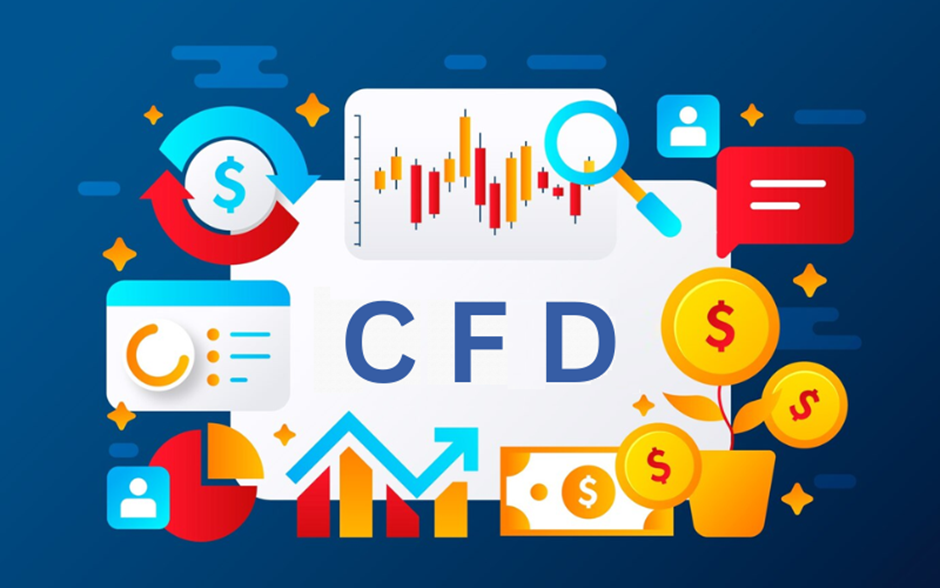The global energy market has long been a cornerstone of economic development, especially for the Gulf Cooperation Council (GCC) countries, where oil and gas are deeply interwoven with national prosperity. However, energy prices have become increasingly unpredictable due to various factors, from geopolitical disputes and environmental policies to fluctuating global demand and technological innovation. In this article, we explore how CFD trading can serve as a strategic avenue for Gulf investors seeking to benefit from or hedge against the wild swings of the energy market. With an understanding of volatility, the fundamentals of CFD trading, and practical strategies tailored to the Gulf region, investors can make informed decisions in an increasingly uncertain global landscape.
Understanding Energy Market Volatility
Energy markets are inherently volatile, and recent years have only amplified this trait. Several key drivers contribute to these fluctuations. First and foremost are geopolitical tensions. Events like sanctions, conflicts in oil-producing regions, and diplomatic disputes can significantly impact supply and pricing almost overnight. The Gulf region, being both a major supplier and a politically sensitive area, feels the brunt of such volatility.
Production decisions made by OPEC and its allies (commonly referred to as OPEC+) also heavily influence prices. When these groups cut or increase production, the global oil supply adjusts accordingly, triggering sharp price movements. Additionally, the energy market is increasingly swayed by policy shifts toward renewable energy. As countries commit to net-zero carbon emissions, traditional fossil fuels face a more uncertain future, making prices more reactive to legislative news and environmental developments. Visit ADSS for more information.
What Are CFDs?
Contracts for Difference, or CFDs, are financial instruments that allow traders to speculate on the price movements of various assets without actually owning them. In the context of energy markets, this means an investor can trade price movements of oil, natural gas, or energy-related indices without needing to buy barrels of crude or shares in oil companies.
One key feature of CFDs is leverage. Traders can open positions with a fraction of the total value, amplifying both potential gains and risks. Additionally, CFDs allow for short-selling, enabling traders to profit from falling prices—a crucial feature in volatile markets. Unlike traditional investing, where buying low and selling high is the norm, CFD trading offers the flexibility to operate in both rising and falling markets.
However, CFDs are not without risk. Their leveraged nature means that losses can exceed the initial investment. Investors must also be mindful of margin requirements and overnight holding costs. Nonetheless, for active traders with a sound strategy and proper risk management, CFDs offer a powerful way to engage with energy market movements.
Why Gulf Investors Should Pay Attention to Energy CFDs
For Gulf investors, energy is not just another sector—it’s the economic heartbeat of the region. As such, fluctuations in oil and gas prices affect not only government revenues but also the broader financial markets, including stock indices and real estate. By incorporating energy CFDs into their portfolios, Gulf investors can gain a strategic edge, either by capitalising on price movements or by hedging against downturns in the sector that supports much of the region’s economy.
Furthermore, the Gulf region is seeing rapid modernisation of its financial infrastructure. Online trading platforms are becoming more accessible, and regional regulators are taking steps to encourage responsible retail trading. The tax environment in many GCC countries is also favourable to CFD traders, with minimal or no capital gains taxes applied to trading profits.
For investors who are already knowledgeable about the dynamics of the oil market, perhaps due to professional or familial connections, CFD trading offers a familiar yet flexible way to apply that insight in a dynamic environment.
Trading Strategies in Volatile Energy Markets
Volatility, while intimidating to some, can be a trader’s best ally when paired with the right strategy. One approach that suits trending markets is trend-following. This strategy involves identifying sustained upward or downward movements and riding the wave until signs of reversal appear. In a region as exposed to headline-driven price changes as the Gulf, this method can be particularly effective.
Range trading is another strategy that suits periods of consolidation, where energy prices fluctuate within a defined support and resistance zone. Traders can buy at the lower end of the range and sell at the higher end, assuming the range holds.
Lastly, hedging strategies are critical for energy producers and companies tied to the energy sector. Using CFDs to hedge against expected declines in energy prices can help stabilise revenues or protect investment portfolios from broader sector downturns.
Conclusion
Energy market volatility is not going away—in fact, it may become even more pronounced in the years ahead. For Gulf investors, understanding and embracing this volatility through CFD trading can be both a defensive and an offensive strategy. By leveraging deep regional knowledge, choosing the right tools, and practising disciplined risk management, investors can turn uncertainty into opportunity. CFDs offer a dynamic way to engage with energy markets, and when used wisely, they can help investors navigate the complex and ever-changing global energy landscape with greater confidence and agility.



